Fishin-4-a-Livin
Jr. Member
- Dec 4, 2021
- 41
- 80
- Detector(s) used
- XP Deus
Minelab Excal II
Garrett ATX
Garrett AT Pro
My buddy found this today. It was found in the Florida panhandle, in an area that has been used since the Spanish. The British had a trading post very near here in the early 1800s. Lots of Indian artifacts like pottery pieces and a few points come out of here.
Just wanting some of your very knowledgeable opinions and any info that I could pass along.
Thanks for the help!
Just wanting some of your very knowledgeable opinions and any info that I could pass along.
Thanks for the help!
Amazon Forum Fav 👍
Attachments
-
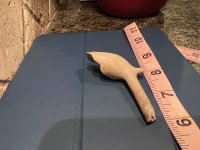 41D76ACA-F0F6-47B6-93B6-72B141568A28.jpeg907.8 KB · Views: 87
41D76ACA-F0F6-47B6-93B6-72B141568A28.jpeg907.8 KB · Views: 87 -
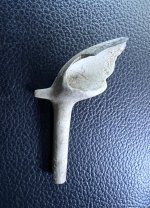 199BBD8E-71FF-452C-B487-6BD3BD880F84.jpeg1.1 MB · Views: 43
199BBD8E-71FF-452C-B487-6BD3BD880F84.jpeg1.1 MB · Views: 43 -
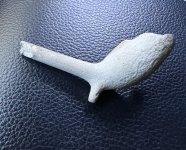 12785BE5-1B92-489B-A36F-D4174C235253.jpeg1 MB · Views: 41
12785BE5-1B92-489B-A36F-D4174C235253.jpeg1 MB · Views: 41 -
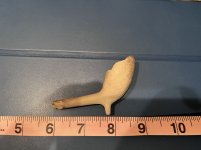 62E7B62C-AA47-48F5-885C-4AF1E85D9F9C.jpeg1.9 MB · Views: 44
62E7B62C-AA47-48F5-885C-4AF1E85D9F9C.jpeg1.9 MB · Views: 44 -
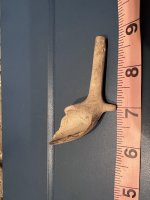 E7D93E49-E396-464C-A4C2-C906D6010AEF.jpeg1.2 MB · Views: 44
E7D93E49-E396-464C-A4C2-C906D6010AEF.jpeg1.2 MB · Views: 44






